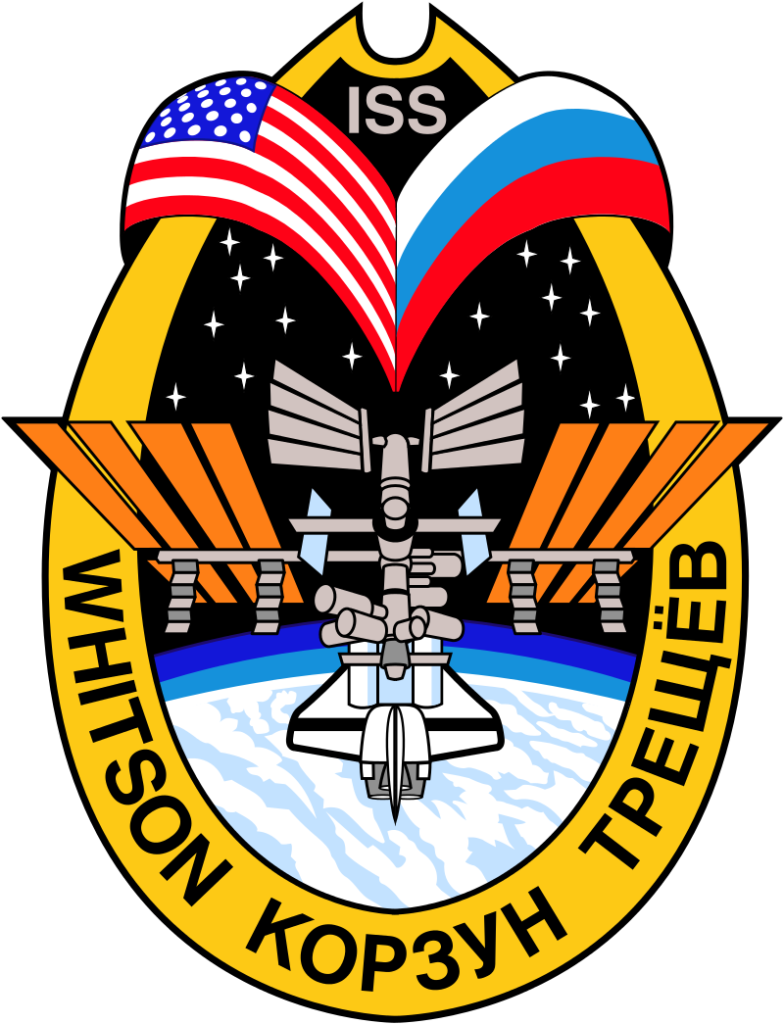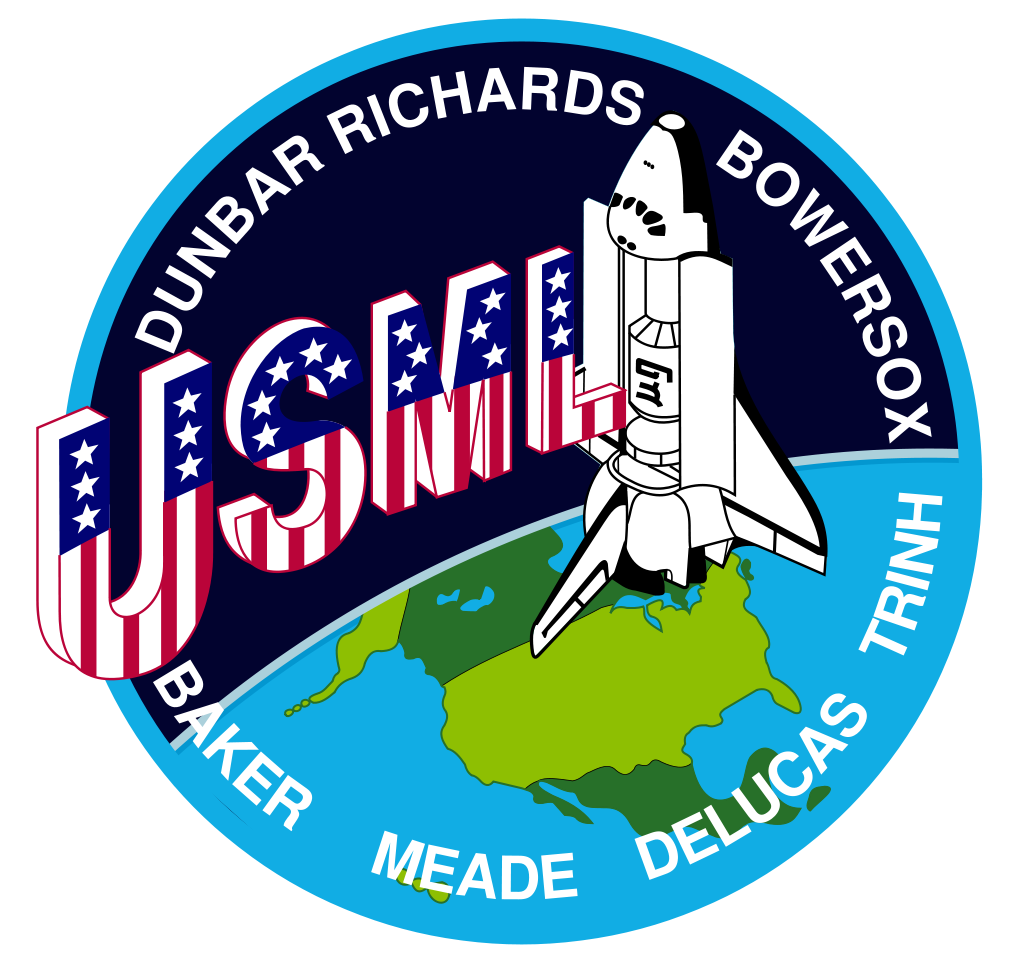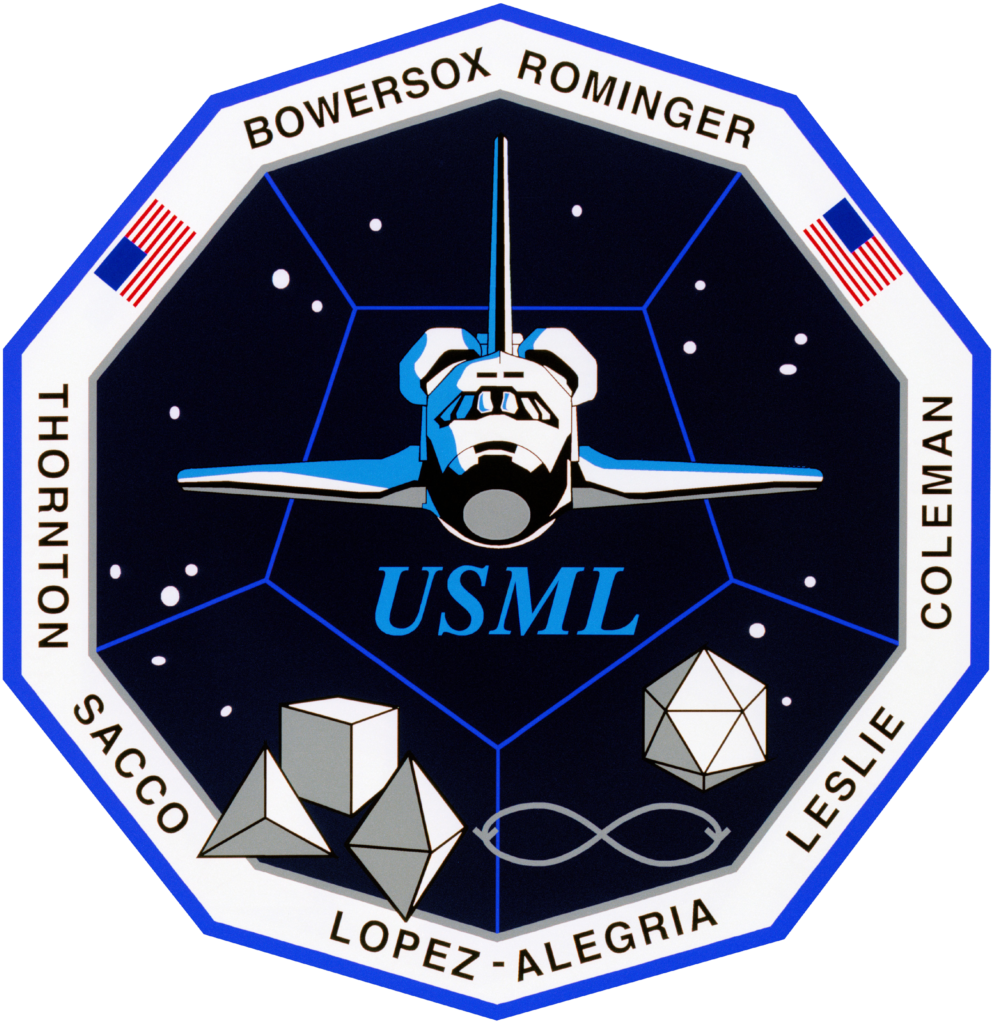In-Space Projects
From 1989-2006, the Center for Microgravity Research and Applications at Vanderbilt University conducted microgravity fluid physics research on Space-based platforms provided by the Space Shuttle and the International Space Station. The results of these investigations led to several peer-reviewed publications.
SPACE SHUTTLE: USML-1 Mission: 1992, USML-2 Mission: 1995
DROP PHYSICS INVESTIGATIONS
Principal Investigator
Taylor G. Wang, Ph.D., Vanderbilt University, Nashville, TN, United States
Co-Investigators
Amrutur V. Anilkumar, Ph.D., Vanderbilt University, Nashville, TN, United States
Chun P. Lee, PhD., Vanderbilt University, Nashville, TN, United States
The United States Microgravity Laboratory (USML-1,2) was one of NASA’s science and technology programs that provided scientists an opportunity to research various scientific investigations in a weightlessness environment inside the Spacelab module. It also provided demonstrations of new equipment to help prepare for advanced microgravity research and processing aboard the Space Station. The USML-1 & 2 flew in orbit for extended periods, providing greater opportunities for research in materials science, fluid dynamics, biotechnology (crystal growth), and combustion science. The Drop Physics Module (DPM) was dedicated to the detailed study of the dynamics of fluid drops in microgravity: their equilibrium shapes, the dynamics of their flows, and their stable and chaotic behaviors. It also demonstrated a technique known as containerless processing. The DPM and microgravity combine to remove the effects of the container, such as chemical contamination and shape, on the sample being studied. Sound waves, generating acoustic forces, were used to suspend a sample in microgravity and to hold a sample of free drops away from the walls of the experiment chamber, which isolated the sample from potentially harmful external influences. The DPM gave scientists the opportunity to test theories of classical fluid physics, which have not been confirmed by experiments conducted on Earth
SPACE STATION: PFMI & ISSI Missions (2002-2003)
Pore Formation and Mobility during Controlled Directional Solidification in a Microgravity Environment (PFMI)
Principal Investigator
Richard N. Grugel, Ph.D., Marshall Space Flight Center, Huntsville, AL, United States
Co-Investigator
Amrutur V. Anilkumar, Ph.D., Vanderbilt University, Nashville, TN, United State
Description
On Earth, bubbles that form in molten materials rise to the surface and release trapped gas prior to solidification. In microgravity, where there is no buoyancy or convection, bubbles can become trapped inside the material, leaving pores as the material solidifies. These pores can greatly reduce the finished material’s strength and structural integrity, making it a less desirable product. One of a couple of experiments investigating melting and solidification of materials, the Pore Formation in Microgravity (PFMI) experiment was designed to learn how bubbles form and move during phase change (from liquid to solid) inside molten material. The PFMI experiment used succinonitrile (SCN), a clear organic compound that is a transparent metal analog material, and SCN-water (1%) mixtures to observe bubble formation and bubble movement. The experiment was designed to methodically investigate pore formation and growth using SCN loaded with an excess amount of dissolved nitrogen gas, and examine the role of thermocapillary forces in transporting the bubbles away from the solidification interface.
Experiments were conducted inside the Microgravity Science Glovebox (MSG), a sealed and ventilated work volume in the U.S.Destiny laboratory. The samples were melted inside a thermal chamber with temperature-controlled hot zones and one thermoelectric cold zone. Flow visualization technology was used in support of the experiment to observe bubble movement.
In Space Soldering Investigation (ISSI)
Principal Investigators: Dr. Richard Grugel, NASA Marshall Space Flight Center, Huntsville, Ala., Dr. Fay Hua, Intel Corporation, Santa Clara, Calif., and Dr. A.V. Anilkumar, Vanderbilt University, Nashville, Tenn. NASA
Description
Many of the methods used to build and repair equipment on Earth must now be adapted for space. International Space Station crews have tools for making small repairs, but little research has been conducted on the best ways to manufacture and repair equipment in space. In the low-gravity environment inside the orbiting Space Station, surface tension has a greater influence on materials and fluids than on Earth. Fluids that would splatter and spill to the ground on Earth form drops held together by surface tension. Left uncontained, these drops float through the air in space.
Convection and surface tension are two forces that influence how a fluid moves or flows. Both forces play a role in fabrication and repair techniques — such as soldering and welding. Soldering involves melting a metal or metal alloy, usually lead or tin. The molten material is applied and flows between surfaces or joints of materials that are being held together. When it cools and solidifies, the solder joins the materials together. However, on-orbit, gravity is balanced by the equal but opposite centrifugal force or orbital rotation, thus eliminating convection and leaving surface tension to be the dominant force influencing flow. On Earth possible gas bubbles inside solder are lighter, and convection causes them to rise to the surface and separate from the molten fluid. In space, another method must be used to remove the bubbles from the soldering metal. If too many bubbles become trapped, the solder is weakened and the joined parts could separate.


